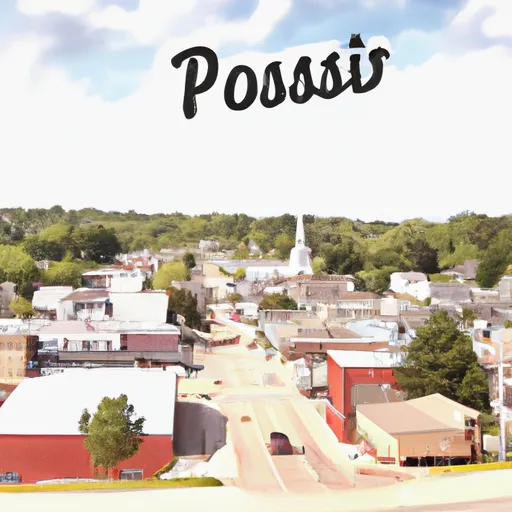°F
°F
mph
Windspeed
%
Humidity











Potosi, Wisconsin is a small village located in the southwestern part of the state. The climate in Potosi is characterized by warm summers and cold winters, with average temperatures ranging from 20°F (-6°C) in winter to 80°F (27°C) in summer. The area receives an average annual precipitation of 36 inches (91 cm), with snowfall common during the winter months.
Potosi sits near the Mississippi River, which contributes to its hydrology constituents. The river not only provides scenic beauty but also offers outdoor recreation opportunities such as boating, fishing, and wildlife viewing. Additionally, the Grant River, a tributary of the Mississippi, flows through Potosi, further enhancing water-related activities.
Apart from water-based activities, Potosi offers various outdoor recreation opportunities. The village is surrounded by picturesque hills and valleys, providing excellent opportunities for hiking, biking, and camping. The nearby Potosi Point State Wildlife Area offers trails for exploration and is known for its diverse bird species.
In conclusion, Potosi, Wisconsin offers a diverse climate with distinct seasons, abundant water resources due to its proximity to the Mississippi and Grant Rivers, and a range of outdoor recreation opportunities from boating and fishing to hiking and birdwatching.
Weather Forecast
Potosi receives approximately 900mm of rain per year, with humidity levels near 83% and air temperatures averaging around 9°C. Potosi has a plant hardyness factor of 5, meaning plants and agriculture in this region thrive during a short period during spring and early summer. Most plants will die off during the colder winter months.
Regional Streamflow Levels
5
Cubic Feet Per Second
5,860
Cubic Feet Per Second
5
Cubic Feet Per Second
577
Cubic Feet Per Second
Nearby Camping
| Camping Area | Reservations | Toilets | Showers |
|---|---|---|---|
| Float Camp | |||
| North Rec Composite | |||
| Percy Quin State Park | |||
| Rocky Springs - Natchez Trace Pkwy | |||
| Deer Leap | |||
| Pere Marquette State Park |



